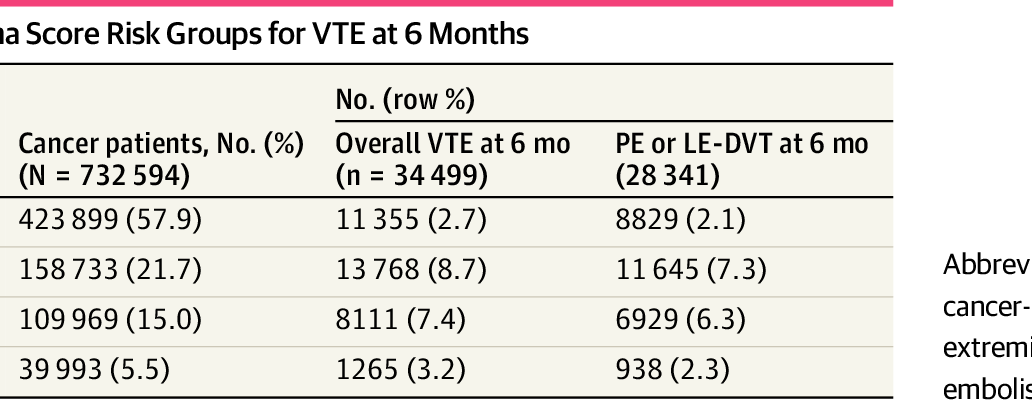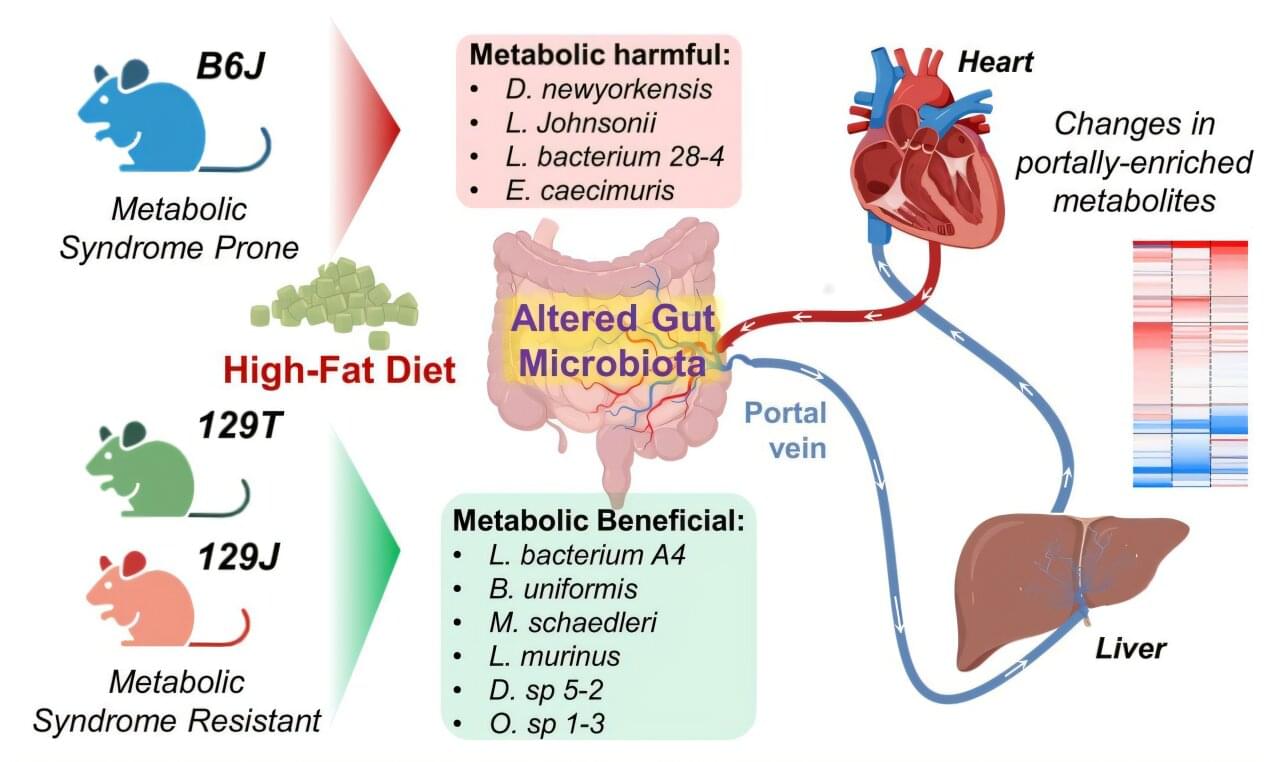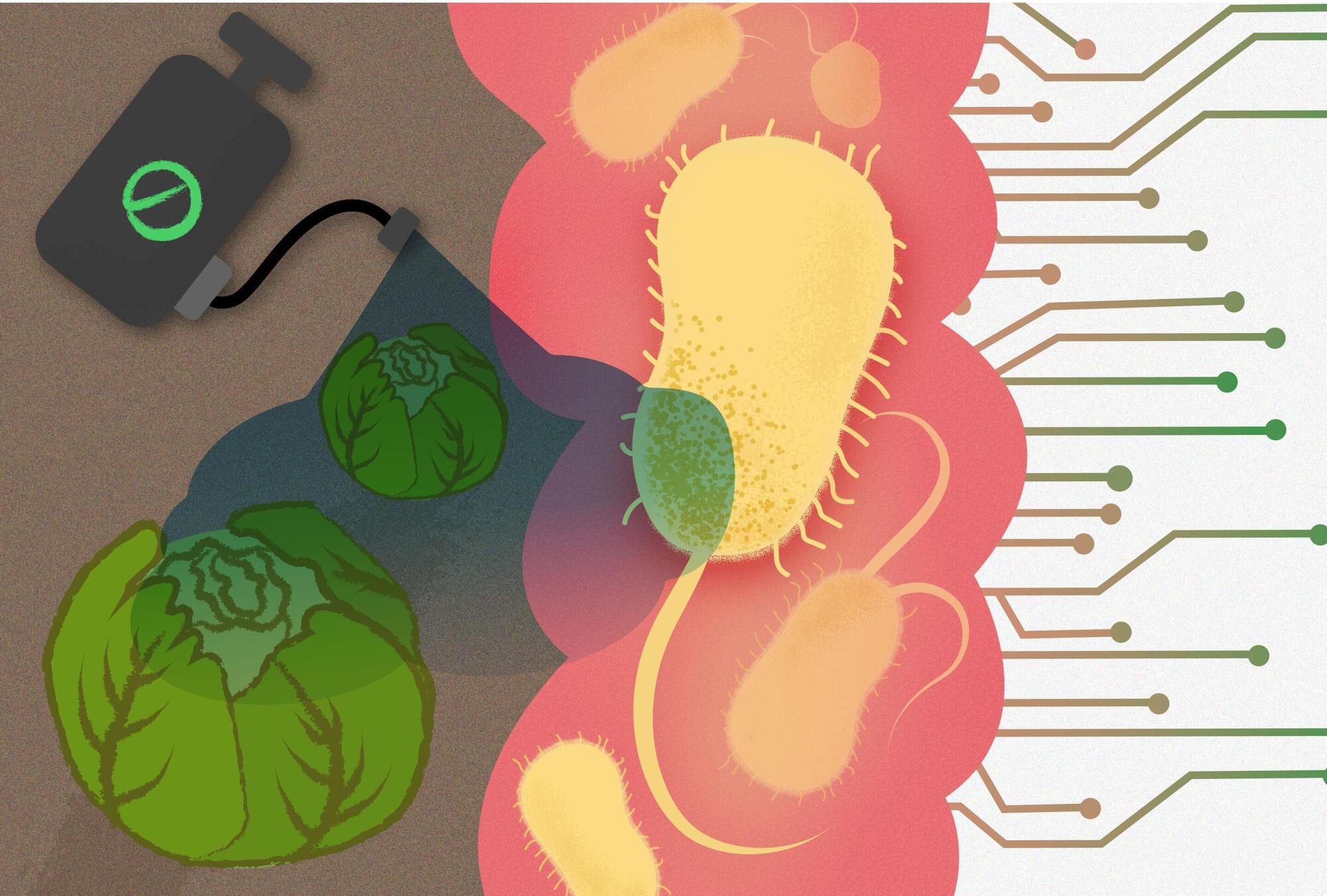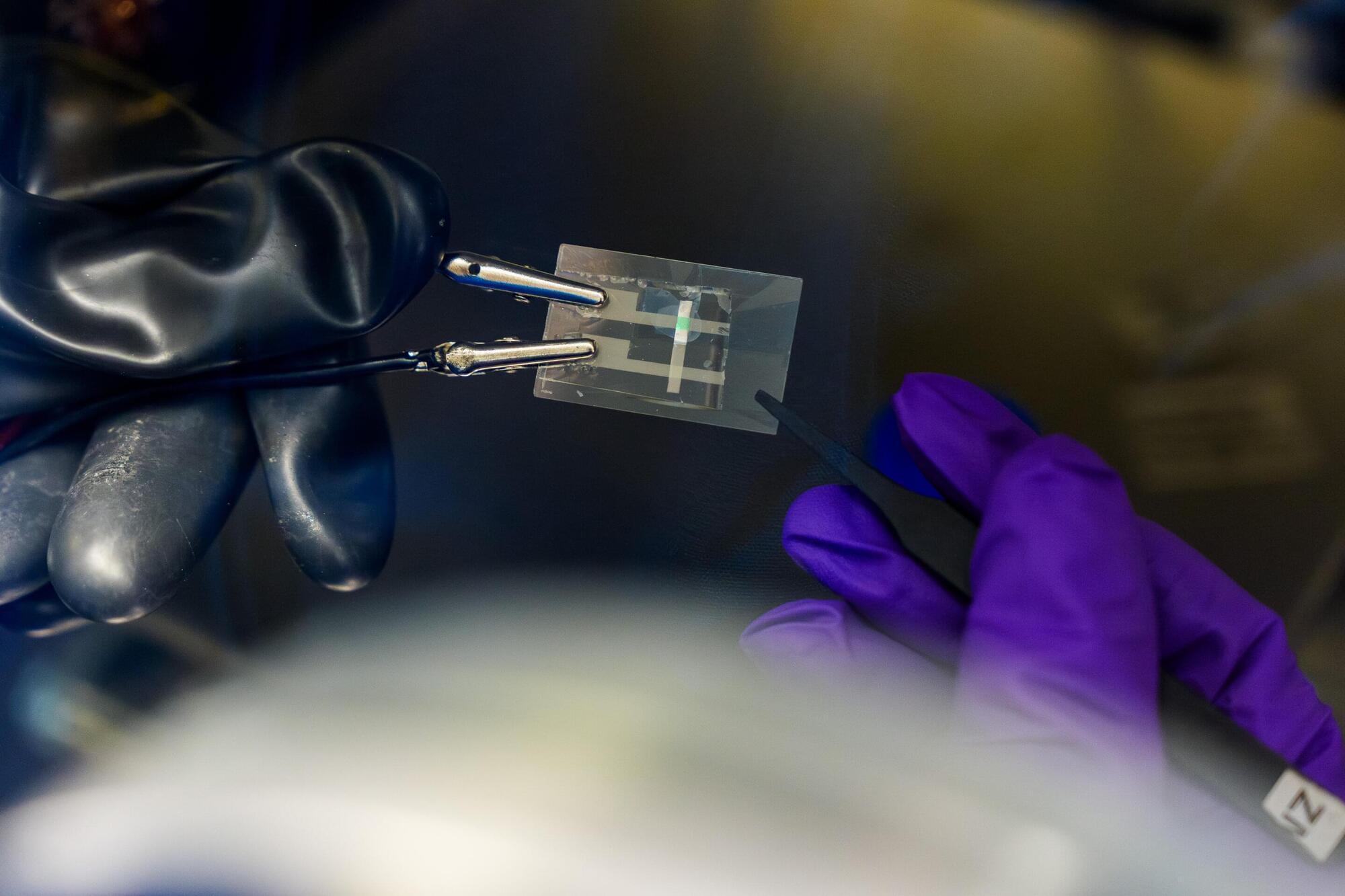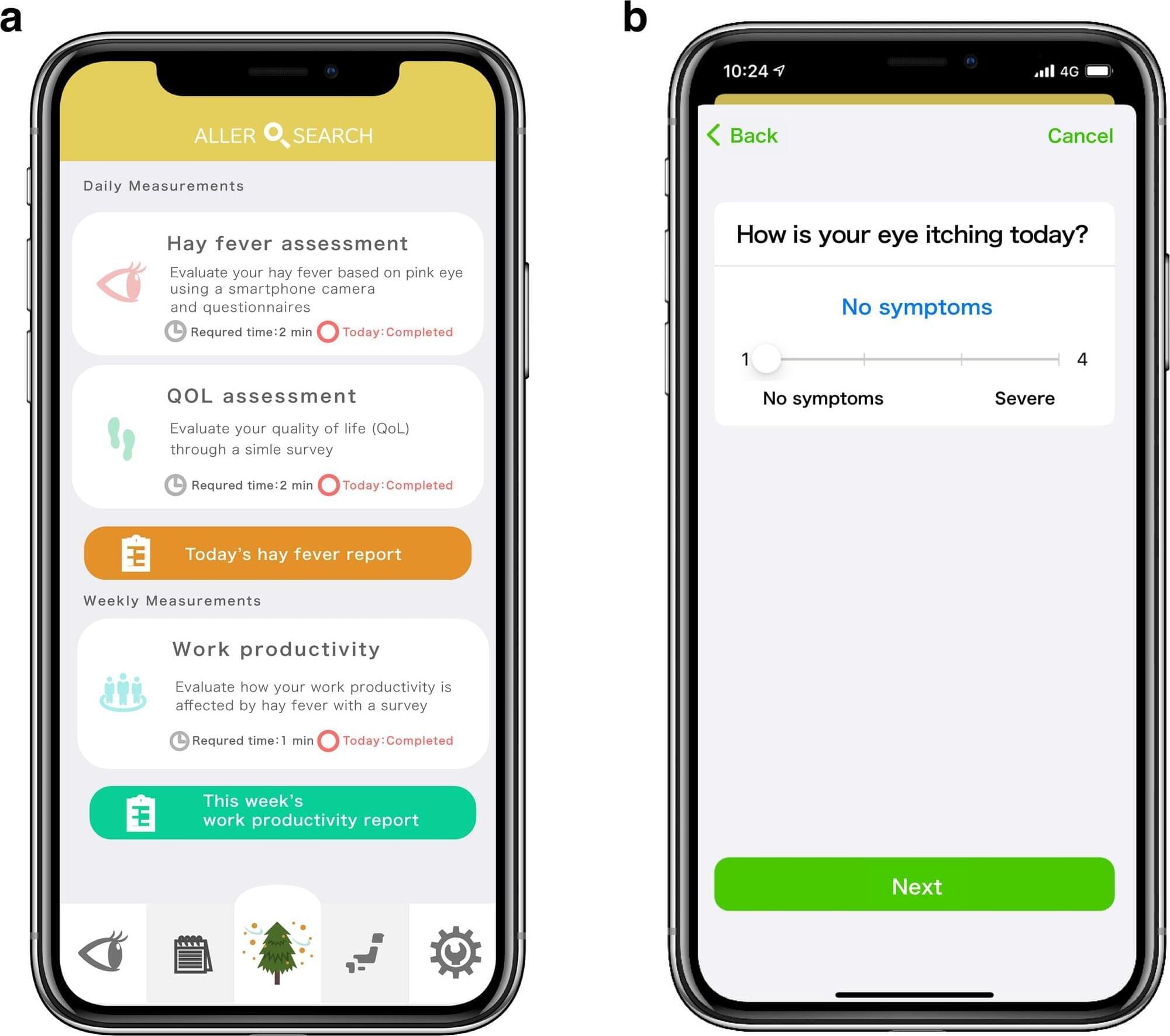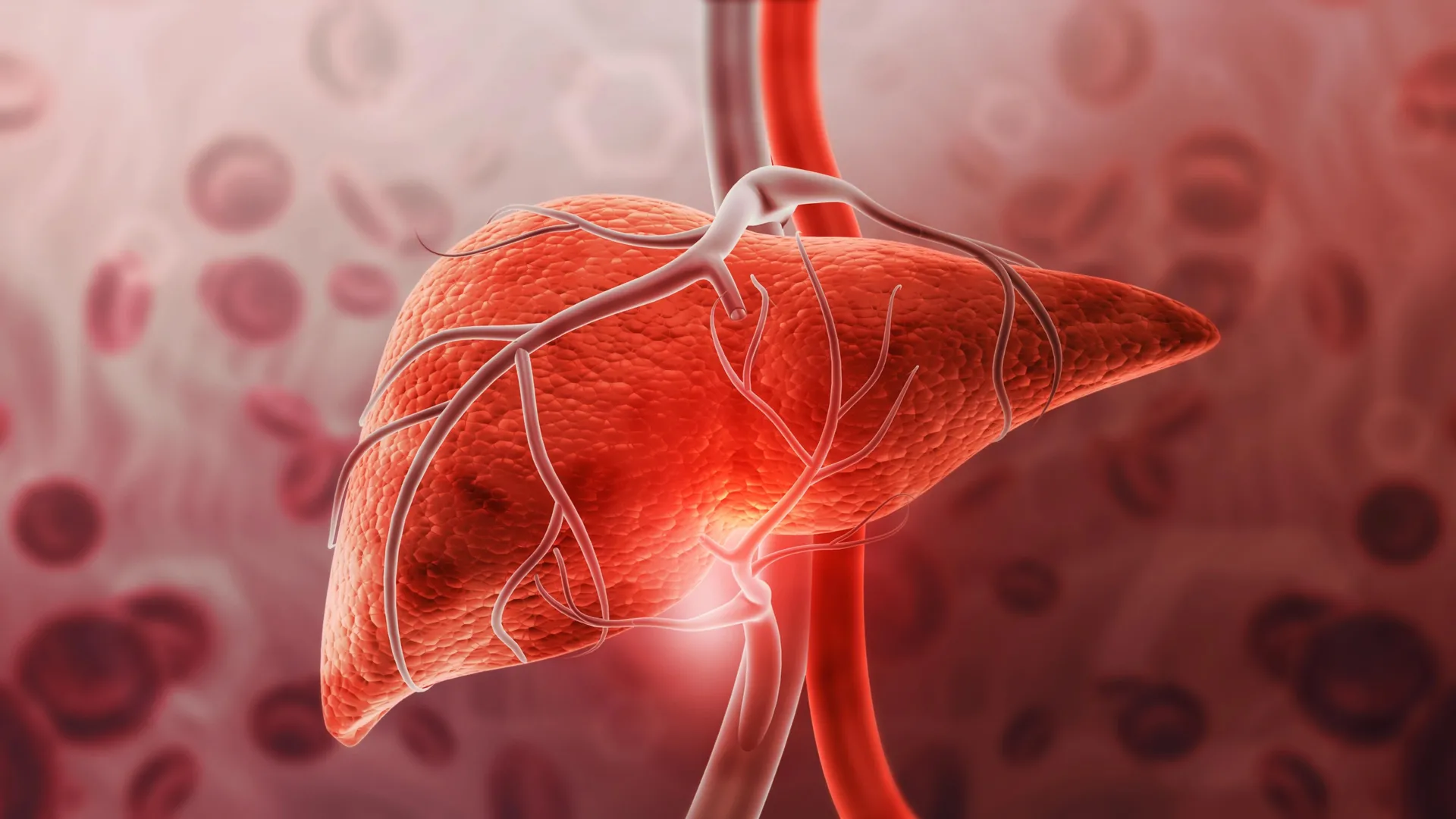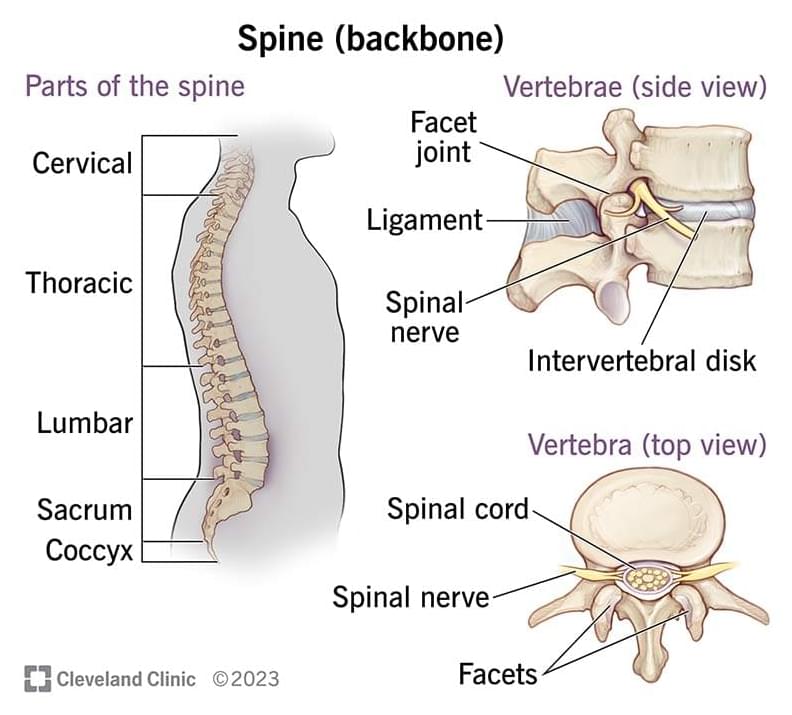Scientists have engineered a nanowire platform that mimics brain tissue to study astrocytes, the star-shaped cells critical for brain health, for the first time in their natural state.
Astrocytes are the brain’s most abundant and mysterious cells, responsible for regulating communication between neurons and helping to maintain the blood-brain barrier. They are also highly dynamic shape-shifters, something they do not do on typical petri dishes, leaving major gaps in our understanding of how they operate.
“Frustratingly, little is known about the stunning diversity of astrocyte morphology and we also don’t know much about the molecular machinery behind these shape shifts,” said co-senior author Ishan Barman, a Johns Hopkins University bioengineer. “They won’t take on these shapes on glass, so the question for us was how do we replicate the in vivo shape but in vitro?”

